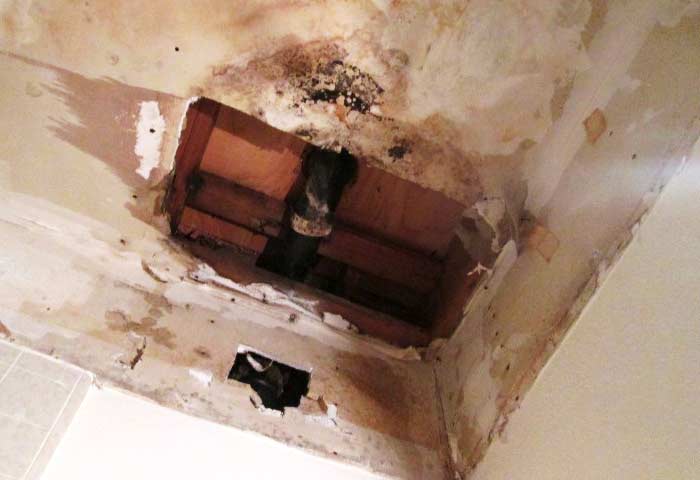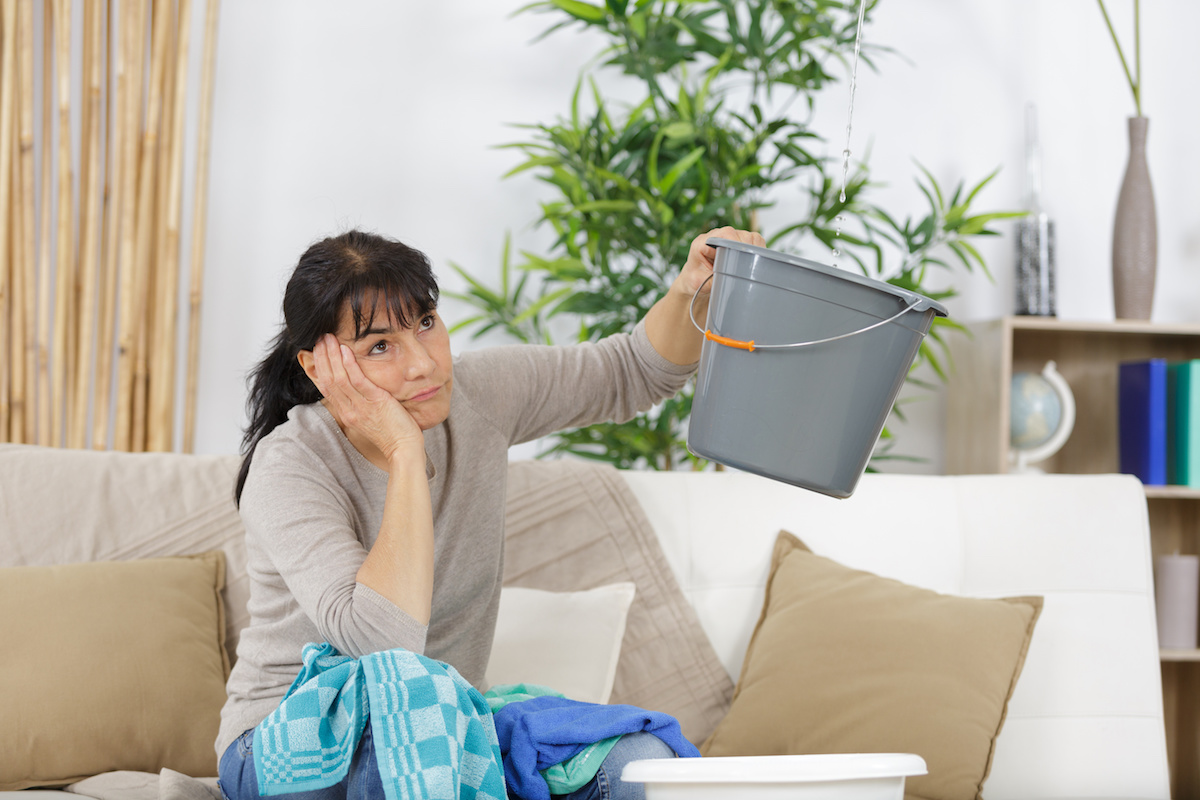Recognizing a Pipe Burst and Swiftly Restoring It Properly
RatesWe've encountered this article about How to install a dishwasher safely listed below on the internet and accepted it made sense to relate it with you on this site.

A ruptured pipe is a major emergency; you can just stand as you view water you pay dearly to reunite with the planet. In even worse situations, you discover a swimming pool on your cooking area floor, which is a terrific trip hazard, specifically if you have youngsters around. If the pipe that burst remained in your wall surfaces, bad news: you might require to repaint that entire area.
Exactly how can a disaster like a burst pipeline be stopped and also taken care of? Well, by listening to your professional emergency plumbings and also following these regulations.
Exactly how do I understand when my pipelines have burst?
Varying water stress
Pipelines do not just burst in a day. You may have seen that your kitchen faucet or shower doesn't run quickly when you turn the tap. It may stop briefly for a few seconds and then blast you with more pressure than common.
In other instances, the water may appear regular at first, after that decrease in pressure after a couple of seconds.
Damp walls and water discolorations
Prior to a pipe bursts, it will certainly leakage, the majority of times. If this persistent leaking goes unnoticed, the leak might finish right into a broad wound in your pipe. One simple way to avoid this emergency is to watch out for damp wall surfaces ad water spots. These water stains will lead you right to the leak.
Puddles under pipelines and also sinks
When a pipeline ruptureds, the discharge creates a pool. It might show up that the puddle is growing in size, as well as despite how many times you mop the puddle, in a few mins, there's one more one waiting to be cleaned up. Usually, you might not have the ability to map the pool to any type of visible pipes. This is an indicator to call a professional plumber.
Untraceable dripping noises
Pipe bursts can happen in one of the most unpleasant places, like within concrete, inside walls, or under sinks. When your home goes silent, you might have the ability to listen to an aggravatingly relentless leaking noise. Even after you've checked your shower head as well as kitchen area tap, the dripping might continue.
Beloved viewers, the dripping may be originating from a pipeline inside your wall surfaces. There isn't much you can do regarding that, except tell a professional plumber.
Shut down the Water
When water ices up, it expands in quantity by regarding 9 percent. As well as it expands with tremendous force: The stress inside pipelines may go from 40 extra pounds per square inch to 40,000 psi! No pipe can hold that much stress, so it breaks open. The break might happen where the ice forms, yet regularly, it happens where water pressure locates a vulnerable point in the pipeline. That might be inches and even feet from the frozen location. Discover the water shutoff valve and switch off the water to stop even more damage. You may likewise need to shut off the power also, depending upon where the leaks happens and just how huge it is.
Infected water
Lots of people think a ruptured pipe is a one-way outlet. Fairly the contrary. As water drains of the hole or laceration in your plumbing system, contaminants find their way in.
Your water may be contaminated from the source, so if you can, examine if your water container has any type of problems. Nevertheless, if your alcohol consumption water is supplied and also purified by the local government, you must call your plumber quickly if you see or scent anything funny in your water.
What do I do when I spot a ruptured pipeline?
Your water meter will remain to run even while your water wastes. To lessen your losses, discover the primary controls and transform the supply off. The water mains are an above-ground structure beside your residential or commercial property.
How to Fix & Detect a Leaking Pipe
How Do I Know if a Pipe is Leaking?
Leak detection tests can help you determine if your pipe has a leak. Even if you don’t see an apparent leak, you should still conduct leak detection tests regularly to save water and money—and prevent major damage to your home.
Water meter. It can be helpful to figure out what your usual water meter usage numbers are and then monitor them regularly. To monitor your meter, first, turn off all water faucets in your home. Check the meter and write down the numbers. In a few hours, check the meter again. If the numbers have changed, you have a leak. Water gauge. Use a water gauge to test your water pressure. Your showerhead should produce a certain amount of water pressure based on its model and design. If the pressure is lower than it is supposed to be for that specific showerhead, your home likely has a leak. Puddles. Look inside your bathroom, laundry, and kitchen sink cabinets. Puddles around the cabinets or around toilets, tubs, showers, and washing machines indicate the presence of a leaking pipe. You may also notice loose tiles, peeling or flaking paint, or mold caused by water accumulation. Napkin test. Even if you don’t see any puddles, you may still have a leak. You can test for water leaks in the bathroom, laundry, and kitchen by wiping below-sink connections with a napkin, paper towel, or piece of toilet paper. If it becomes damp, you probably have a leaking pipe under the sink. Discolored walls. Walls that are discolored—usually with brown or yellow stains—or bulging might mean that they have been impacted by water damage caused by a leaking pipe. Smell. A leaky pipe will create sitting water, and over time, that water may develop a musty smell. If your home smells musty, but you can’t locate the source, it may be due to a leak. Steps for Fixing a Leaking Pipe
A leaky drain can be remedied by tightening the pipe base, replacing the drain seal, caulking the rim, and tightening the pipe nut. Similarly, a leaking toilet pipe can be treated by tightening the packing nut. You may also need to replace the valve. A leaky faucet may just need tightening or replacement of the washers. If that doesn’t work, consider replacing your faucet. If your pipe has a hole in it, you may want to use a pipe leak sealer or pipe leak tape. This quick fix for water pipe leaks can also temporarily fix a copper pipe leak. https://www.ahs.com/home-matters/quick-tips/how-to-tell-if-pipes-are-leaking/

Hopefully you enjoyed reading our part about How to Prepare for Your Dishwasher Installation. Thanks a ton for finding the time to read through our content. For those who enjoyed our article if you please do not forget to share it. Thanks for taking the time to read it.
Immediate care? Call!